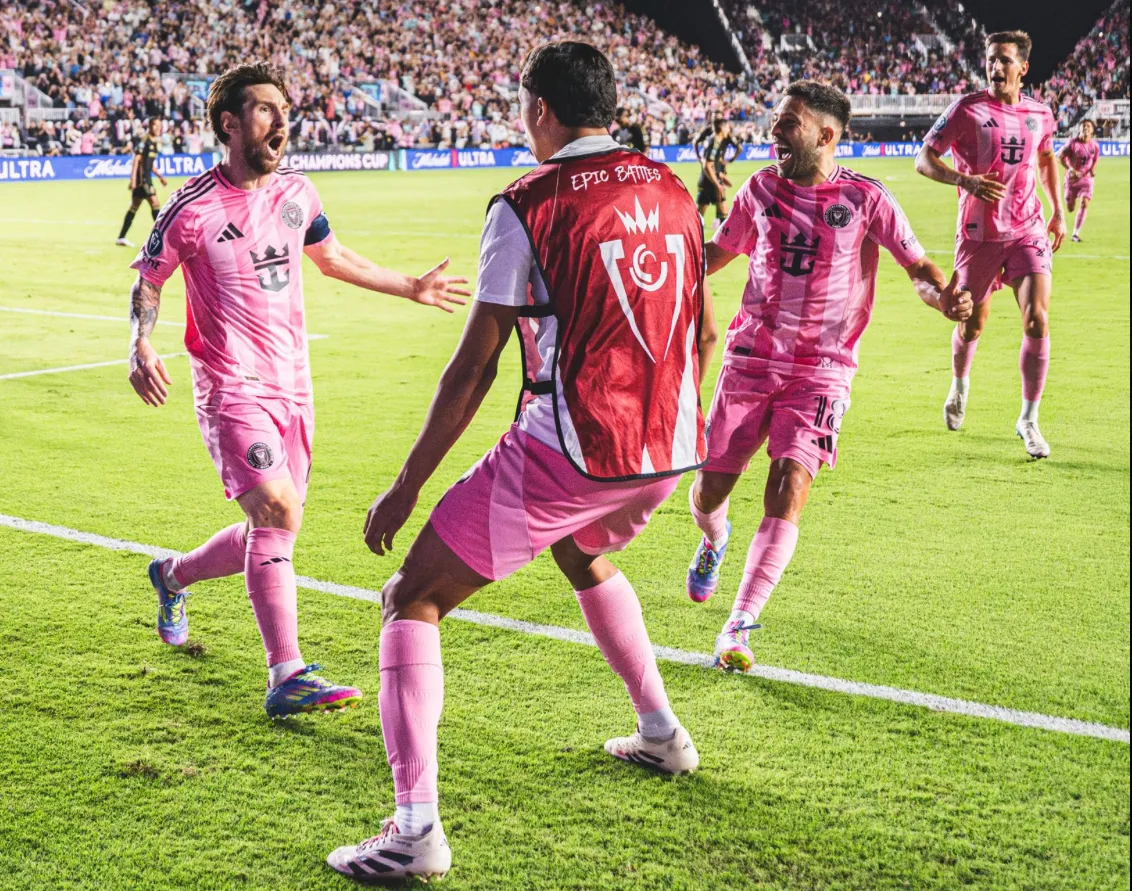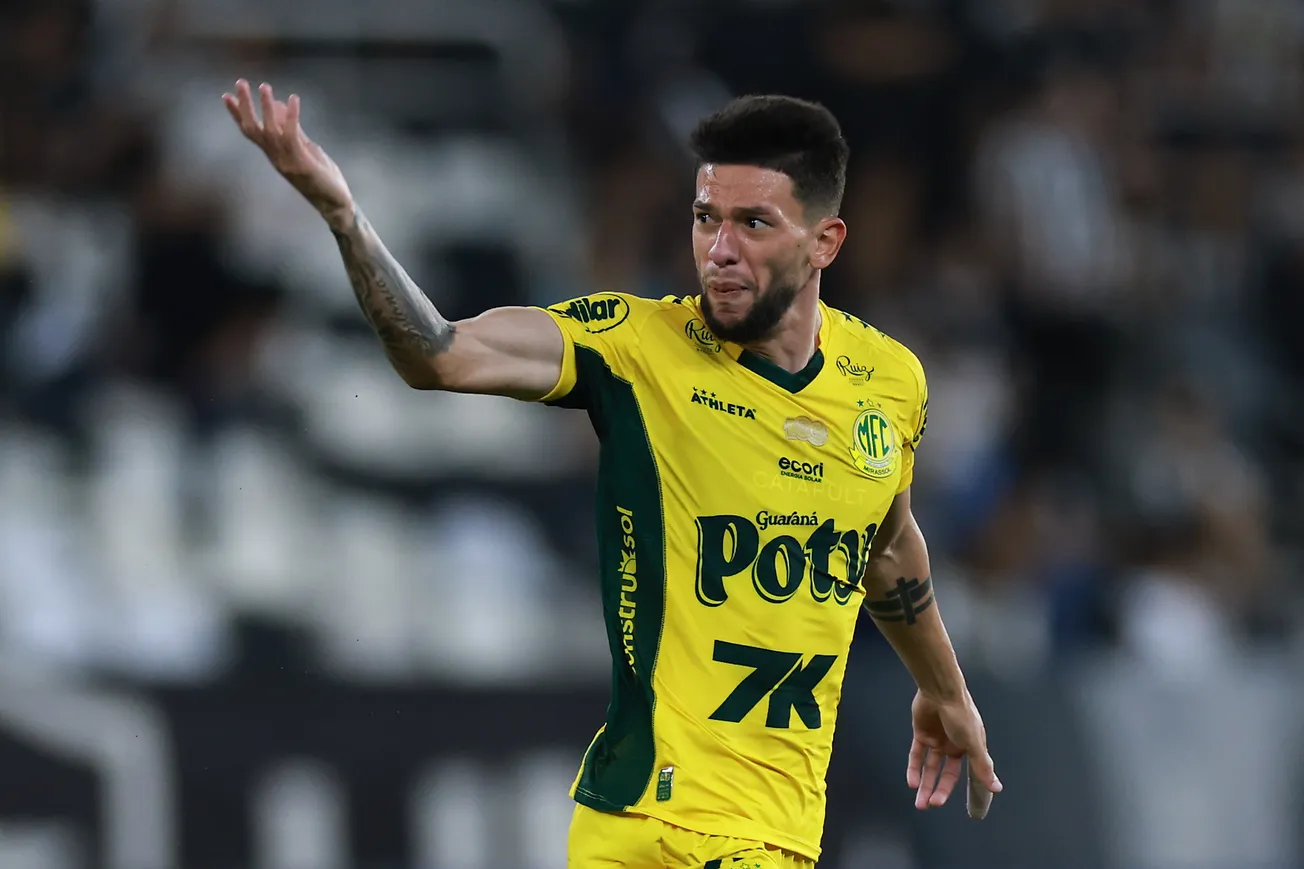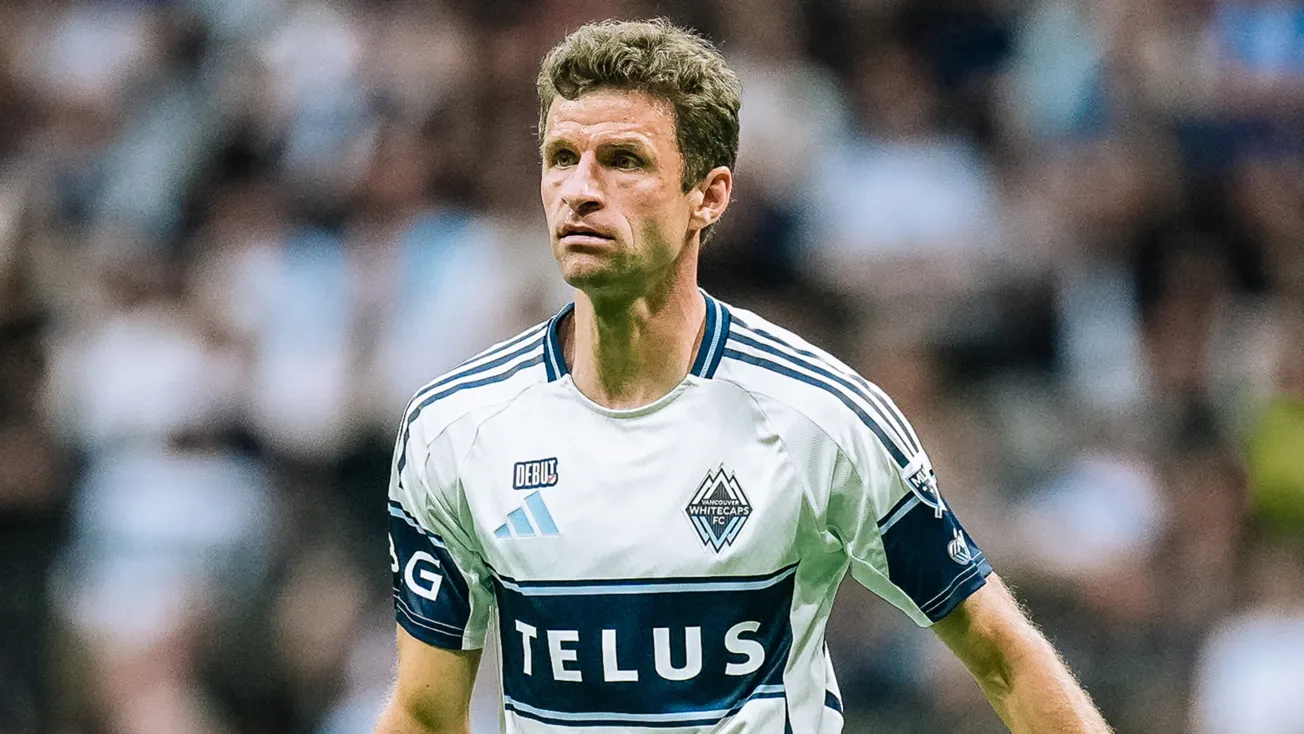Aaron Long’s opening goal for LAFC left the Black and Gold with one foot in the Concacaf Champions Cup semifinals.
The away goal rule and LAFC’s strong early performance meant that Miami would need to score three unanswered goals in over 60 minutes to eliminate them, not an easy task. At that point, an Inter Miami win seemed implausible, but maybe not impossible. And then, Messi’s brilliance— coupled with Miami’s second-half dominance—completely flipped the script on the series.
Aaron Long finds the back of the net and @LAFC takes an early lead! 🔥 pic.twitter.com/nflziDz17R
— FOX Soccer (@FOXSoccer) April 10, 2025
Around the 35th minute of the first half, trailing, Lionel Messi delivered a stunning equalizer—a left-footed curler from just outside the box that froze Hugo Lloris. From that moment on, the match shifted completely.
In MLS, ineffective DP play is a fatal flaw, and LAFC currently has multiple underperformers in key roles.
By my math (and with help from AI), LAFC had this game bagged before Messi’s perfect strike—at least with around 90% probability. Of course, with Messi on the other side of the ball, that number drops. But all else equal, this was LAFC’s game to lose more than Inter Miami’s to win.
Just did the math on LAFC.
— Celso Oliveira (@celsoliveira_) April 10, 2025
– 65% chance to advance at kickoff based on 1-0
– 90% after Long’s early away goal
– Then, every Inter Miami goal slashed the odds:
70% → 55% → 50%… gone.
In two-leg games, every goal rewrites the script. #LAFC #InterMiami #ConcacafChampionsCup
Even with the score leveled, Inter Miami went into halftime behind on the night but riding a wave of momentum. That momentum carried into the second half and found an LAFC side that looked exposed.
If Messi could be neutralized in the first leg by forcing him centrally, LAFC seemed to forget how to protect the flanks this time. Miami exploited the wings, delivering early crosses into the box—crosses that proved problematic for Lloris and the defenders in front of him.
After Messi’s goal, LAFC unraveled. The midfield—Tillman, Jesús, and Delgado—lost its shape. At one point, Mark Delgado was covering the left flank to support Hollingshead. Minutes later, he was seen attempting a rabeta-style pass just outside the box, one that likely mistimed Denis Bouanga’s shot and cost LAFC a chance to widen the early margin and put the game out of Messi’s reach.
GAME ON!@InterMiamiCF finds the back of the net once again 😤 pic.twitter.com/ITxKPHT7eJ
— FOX Soccer (@FOXSoccer) April 10, 2025
Defensively, Steve Cherundolo’s pressing tactics became inconsistent. The previously solid backline began to show fatigue—despite a weekend rotation. Making matters worse, the coaching staff failed to respond.
Where were the LAFC subs when the team looked cooked?
There were no tactical tweaks, no timely substitutions to break Miami’s rhythm—at least not until LAFC looked like it had nothing left to play for.
Nonetheless , even after conceding the go-ahead goal, LAFC still had a viable path to win the series on away goals by simply striking back once again.
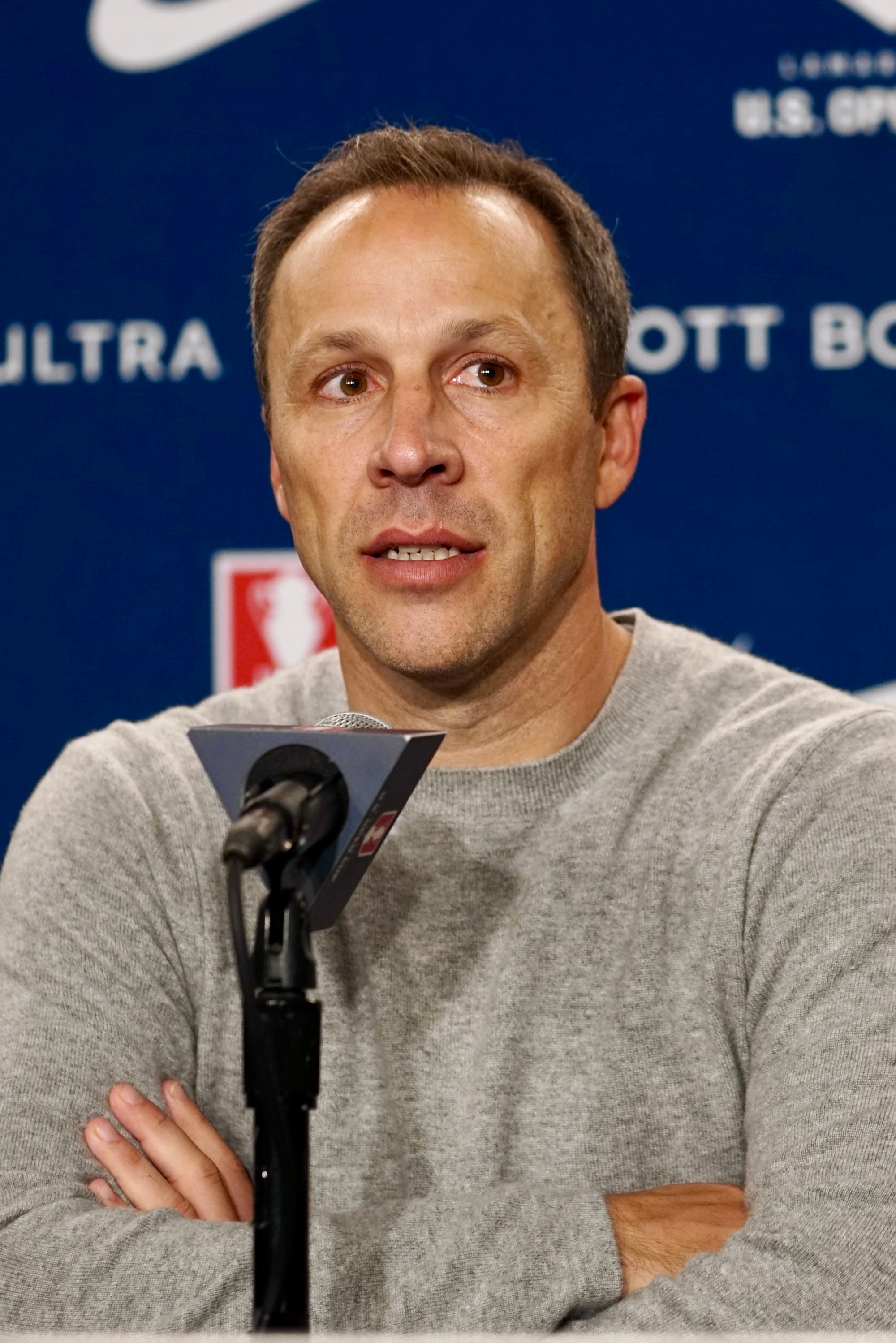
Then came the moment that broke the match open: a routine cross into the area was misjudged by both Lloris and Brazilian centre-back Marlon. The latter inexplicably committed a handball infraction.
Both players hesitated on the play and so did the referee in calling what was a clear handball. But in the end, VAR did its job—awarding Inter Miami and Messi a penalty. Messi doesn't miss.
WHO ELSE!? 🐐
— FOX Soccer (@FOXSoccer) April 10, 2025
MESSI FROM THE SPOT FOR @InterMiamiCF 💪 pic.twitter.com/kQq09rnWaU
Even trailing, LAFC still had a route to advance via away goals. But the difference was clear: while Oscar Ustari stayed sharp and composed for Inter Miami, Lloris faltered—perhaps twice in the same night. Lloris did have a couple of tough saves from shots but his box presence was completely off, even being caught offguard once as Messi quickly took a free kick right into LAFC’s empty net (later reversed).
LAFC Designated Players continue to struggle

Defense can’t be the only thing to blame though. Up front, LAFC’s most threatening moments came from young Nathan Ordaz, who appeared more focused and involved than veteran attackers Denis Bouanga and Cengiz Ünder.
Bouanga would even have a clear shot at putting LAFC ahead in what could have easily been the last chance of the game but the Gabonese couldn't put it past yet another goalkeeper showing up big late in games for Lionel Messi.
Meanwhile, Lloris’s inconsistent performances—stellar at home, shaky on the road—have mirrored the entire squad’s trajectory in 2025. What shines at BMO Stadium often looks worn down and torn, the moment the team boards a plane to leave LA.
So where does LAFC go from here?
The first question LAFC must ask is: where does this team go from here? As currently constructed, the roster resembles a mid-table squad—something not seen since the final days of the Bob Bradley era. Worse yet, the club’s Designated Players have contributed next to nothing in 2025. In MLS, ineffective DP play is a fatal flaw, and LAFC currently has multiple underperformers in key roles.
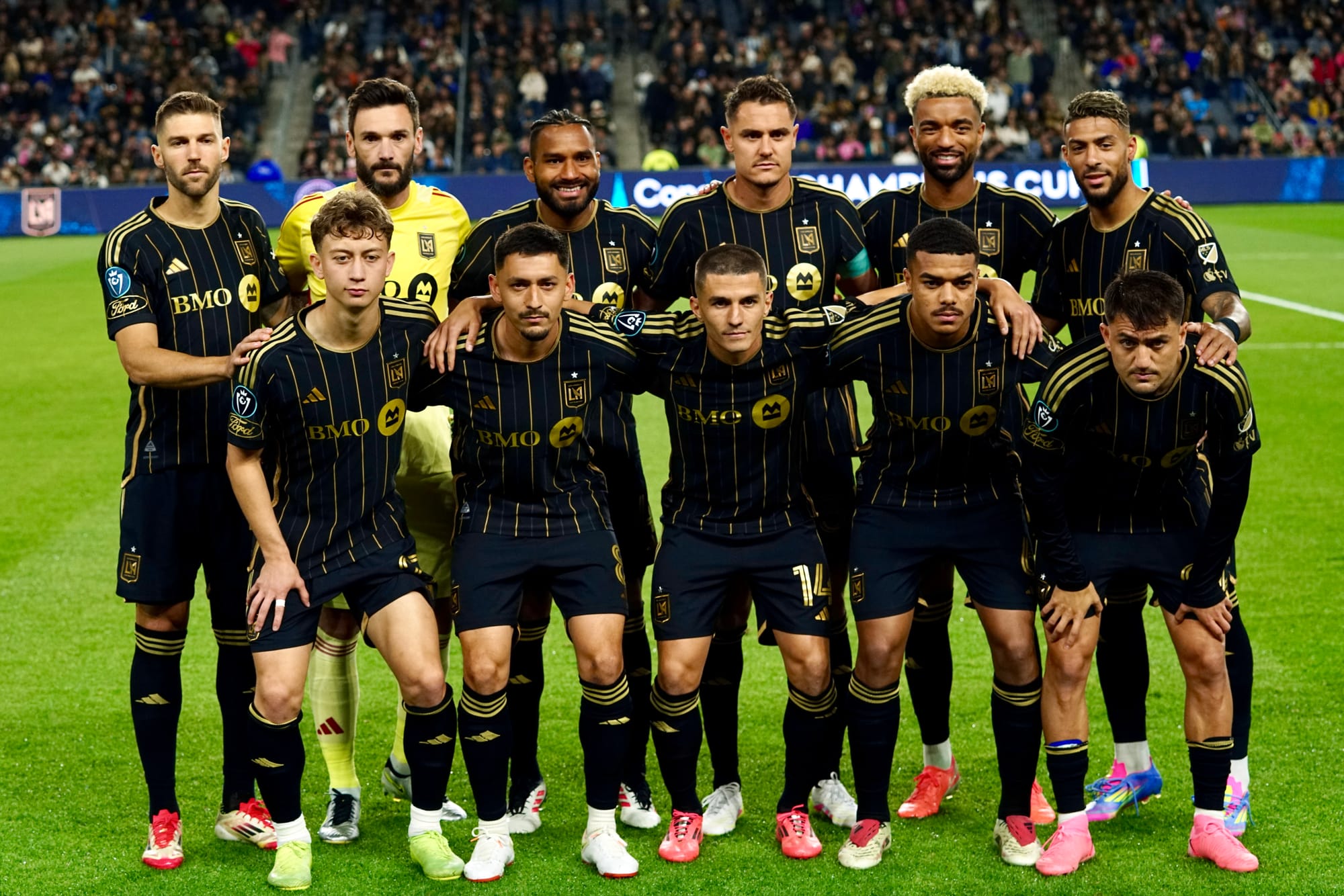
Meanwhile, Mascharano, a first year coach and Inter Miami managed the game with professional precision—passing with purpose, breaking LAFC’s press, and extinguishing any comeback hopes from anyone with a LAFC jersey. They worked the officials, controlled the tempo, and dictated the narrative on and off the pitch.
Now, Inter Miami advances—led by Lionel Messi and Luis Suárez, trying to reach yet another final together—meanwhile LAFC returns to league play with serious questions about a season that suddenly feels very long.
Our Champions Cup run comes to an end. pic.twitter.com/U2g6nh49zq
— LAFC (@LAFC) April 10, 2025


